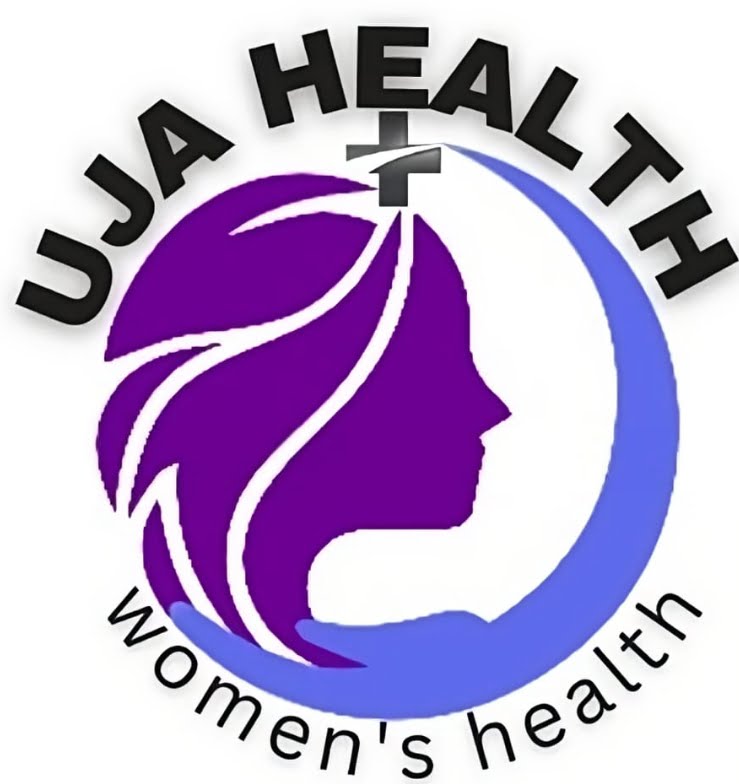UNSAFE ABORTION AND THE CHALLENGES OF THE GYNAECOLOGIST
Before I go into the subject of what constitute an unsafe abortion, lets know what abortion itself is and if it is different from a miscarriage. Abortion is the termination or loss of pregnancy before the age of viability (the age at which the baby is capable of surviving outside the womb with or without life support) or the loss of an embryo or fetus that weigh less than 500g. The term abortion is often used interchangeably with miscarriage. However, women advocacy groups have faulted the use of both terms to mean the same. The term miscarriage is preferred as it is considered non-judgemental and not criminal as compared to the term abortion. Abortion is now use to define induce abortion whether legal or criminal. While miscarriage is use to describe spontaneous termination of the pregnancy without any intervention.
Abortion is said to be unsafe when it is carried out by a person lacking the necessary skills, or in an environment lacking the minimum requirement to carry out the procedure. Abortion is legal when done within the confines of the law of the country, and criminal when done outside the stipulation of the law of the country. The law regulating abortion may vary between states in the same country; in Australia and the United States of America, abortion is legal in some states. Some countries have no restrictions like Canada and South Africa. Other countries like Nigeria and Egypt have the same restrictive laws in all states, only therapeutic abortion is allowed to save the mother.
THE CHALLENGES OF THE GYNAECOLOGIST IN A RESOURCE LIMITED SETTING
The annual unintended pregnancies globally were 121million between 2015 and 2019, which corresponds to 64 unintended pregnancies per 1000 women aged 15 to 49 years. 61% of unintended pregnancy ends in abortion, 73.3million abortions take place each year corresponding to 34 to 44 per 1000 women age 15-49years in the world [1]. 25million unsafe abortion occurred worldwide each year between 2010-2014 according to the World Health Organization (WHO). Abortion rates are higher in areas with unmet need for contraception. The WHO estimated that 47,000 women die from unsafe abortion each year.
The gynaecologists in resource poor settings face many challenges relating to abortion. Apart from the limited resources, another challenge is the restrictive abortion laws. A few patients have consulted me at the clinic because they want an abortion for reasons other than a threat to their lives by the pregnancy. The patients I have encountered were all married, they were at the right place but the law does not permit that. These patients do not have the opportunity to travel to other state as abortion laws in all the states in Nigeria are the same.
Whenever a woman walks out of my consulting room after a request for an abortion had been turned down, I get really worried. My fear is that she might not change her mind after counselling and might procure an abortion. I worry because it is likely to be an unsafe abortion because of the restrictive abortion laws. My experience with the outcome of patients at the emergency room with complications of unsafe abortion and low financial status is worrisome. They present late to us, often after 72hours and septic. While at surgery, their womb or womb with one or both ovaries will often appear gangrenous(decaying). Out of the four cases I have been directly involved in managing, only one of them survive. She went home after several weeks of battling infection and wound breakdown. She survived with only one ovary, the womb and the other ovary were gone.
The restrictive abortion laws never stop the abortions from happening, it only stopped many women from surviving to take care of their families. Most won’t make it because of their poor financial status. These I will say are avoidable deaths, they died from poor healthcare financing and the law.
REASONS FOR ABORTION
The reasons why women have abortion other than for therapeutic purpose include;
- Unwanted pregnancy
- Incest
- Pregnancy from rape
- Career decision
- Pregnancy with malformed babies
COMPLICATION OF UNSAFE ABORTION
- Injury to the genitals
- Perforation of the womb
- Injury to the intestines
- Infertility
- Infection
- Kidney failure from the overwhelming infection or massive blood loss necessitating dialysis
- Bleeding; necessitating blood transfusion and it attendant complications
- Gangrene (decomposition) of the womb and ovaries
- Premature menopause from the removal of the decaying ovaries
- Death
PREVENTION OF UNSAFE ABORTION
In a country with restrictive abortion laws, prevention of unsafe abortion and it complication starts with prevention of unwanted pregnancies. Though abstinence is the best prevention strategy, it is the most likely strategy to fail in this age of increased sexual awareness. To prevent unwanted pregnancies, women of reproductive age (15 to 49years) need to be enlightened on contraception. Though one can argue that even the most effective contraception does not provide hundred percent pregnancy prevention cover. So, what happen in that situation? I will say relax the restrictive laws. Improve health financing by government at all levels will go a long way. Making contraception available, accessible and affordable to women of reproductive age should be a must.
In my opinion, which is based on my experience in the field, relaxing the restrictive laws will save more women. They will have the opportunity to seek atonement for those who belief in the existence of God, many never had the chance, their deaths were avoidable.

IS CONTRACEPTION ILLEGAL AS ABORTION - ujahealth
15 July 2022 @ 6:45 PM
[…] there are reasons that affect the uptake of contraception as outline below. The danger of having an unsafe abortion is so scary that any sexually active female will not consider any form of contraception, even the […]